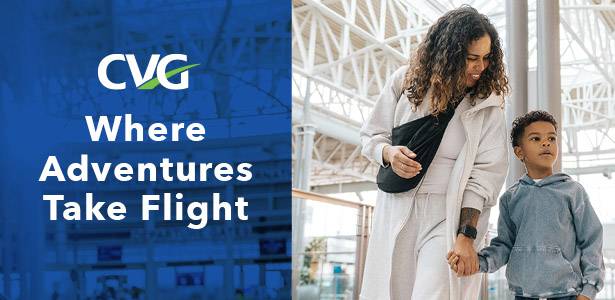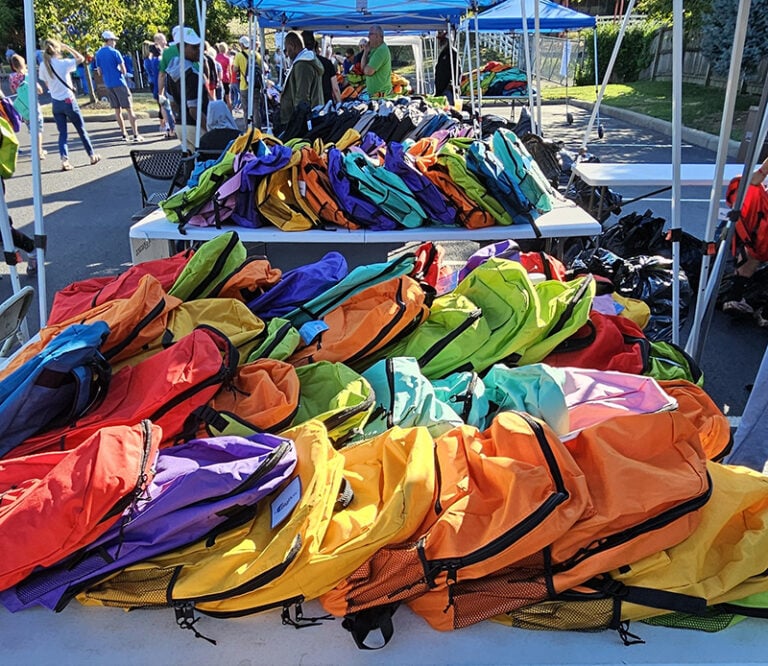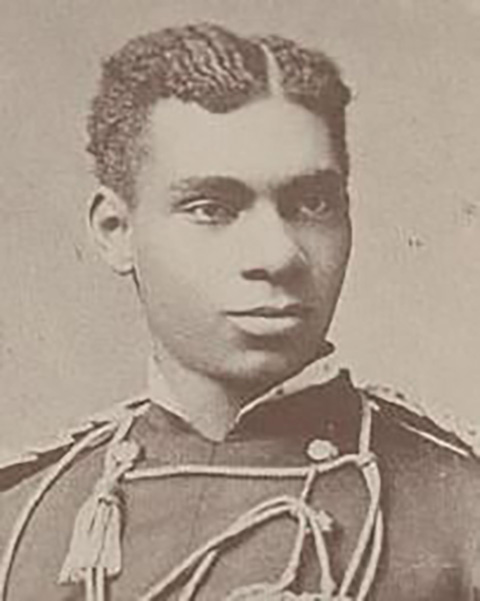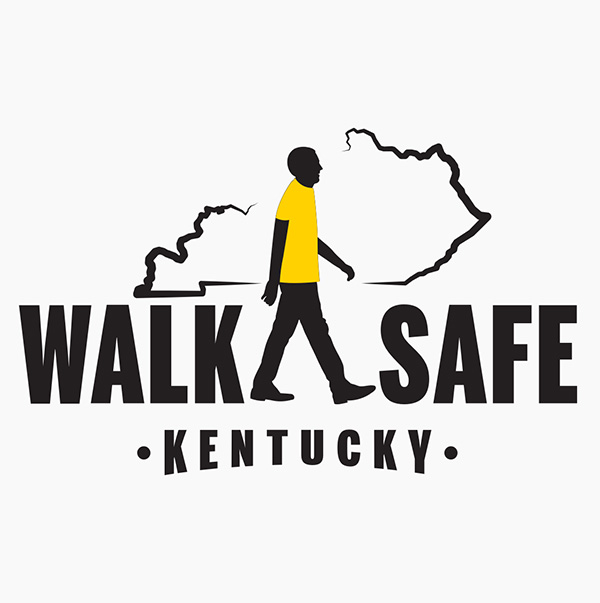State officials are urging all Kentuckians to work together for the safety of everyone using the Commonwealth’s roadways during National Pedestrian Safety Month.
The Kentucky Transportation Cabinet’s (KYTC) Office of Highway Safety (KOHS) is partnering with the National Highway Traffic Safety Administration (NHTSA) to promote safe driving and walking tips throughout October.
Staying alert is especially important as the end of Daylight Saving Time approaches and nightfall comes earlier. According to NHTSA, most crash-related pedestrian fatalities occur at night.
Of 96 pedestrian deaths in Kentucky last year, 67 occurred after dark. So far this year, there have been 69 pedestrian deaths, 49 of which occurred after dark.
“Practical habits, especially putting your phone down while driving or walking, can save dozens of Kentuckians’ lives every year,” said KYTC Secretary Jim Gray. “In addition, the KYTC is dedicated to equipping all road users with a safe, connected, comfortable, equitable and accessible transportation network.”
Streets, roads and highways were originally designed around cars and trucks. Last year, Gov. Beshear announced the publication of the “Complete Streets, Roads and Highways Manual” produced by the KYTC. The manual provides guidance, recommendations and resources to transportation organizations and agencies on prioritizing safety for all road users– motorists, motorcyclists, transit riders, bicyclists and pedestrians.
A “complete street” is safe and accommodating for all users. Its design can vary according to land use, corridor characteristics and types of travelers who are expected to use it. Implementation may include a dedicated space for pedestrians and cyclists, such as bike lanes (or wide paved shoulders), sidewalks, crosswalks, median islands, accessible pedestrian signals, roadway reconfigurations and roundabouts.
The manual, developed with input from federal, state and local transportation partners, is available at transportation.ky.gov and may be updated as technology advances and best practices evolve. It represents the first update in 20 years of Kentucky’s pedestrian and bicycle travel policy.
The KOHS and NHTSA recommend the following behaviors to improve safety for all road users:
Motorists:
• Put the phone down and pay attention. Driving while distracted increases risk for all road users.
• Yield the right-of-way to pedestrians. Be especially careful at intersections when turning onto another street.
• Keep your windshield, windows and mirrors clean so you can scan the road ahead and establish a “visual lead.”
• Obey the speed limit. Driving at the posted limit allows you to see, identify and react in time to brake for pedestrians.
• Slow down and turn on your headlights during evening hours when you need more time to see a pedestrian in your path.
• Be aware in neighborhoods and school zones. Children are often the smallest pedestrians, making them harder to see. Additionally, younger children may dart into intersections without understanding the dangers.
• Drive sober. As with pedestrians, alcohol and drugs affect judgment, balance and reaction time. Always make a plan for a safe ride home.
• Buckle up. Wearing a seat belt gives you the best protection against injury and death.
Pedestrians:
• Use crosswalks when available. Avoid jaywalking and crossing between parked vehicles.
• Walk on sidewalks whenever possible. If you must walk on the street, walk facing traffic.
• Don’t depend on the traffic signal to protect you. Motorists may be distracted, especially when adjusting to the nighttime travel environment.
• Increase visibility, especially at night. Carry a flashlight, wear reflective clothing or attach reflective materials – such as fluorescent tape – to clothing, backpacks, purses and briefcases. These materials reflect light from headlights back to drivers, making it easier to see you.
• Just because you can see a motorist does not mean the motorist can see you. If you cannot make eye contact or do not see the driver slow down for you, wait until the vehicle passes, even if you have the right of way.
• Put the phone down and pay attention. Distraction changes the way you walk, react and behave, including safety-related behaviors.
• Alcohol and drugs affect judgment, balance and reaction time, so always make a plan for a safe ride home.
Visit walksafeky.com for additional information.
Kentucky Transportation Cabinet


















